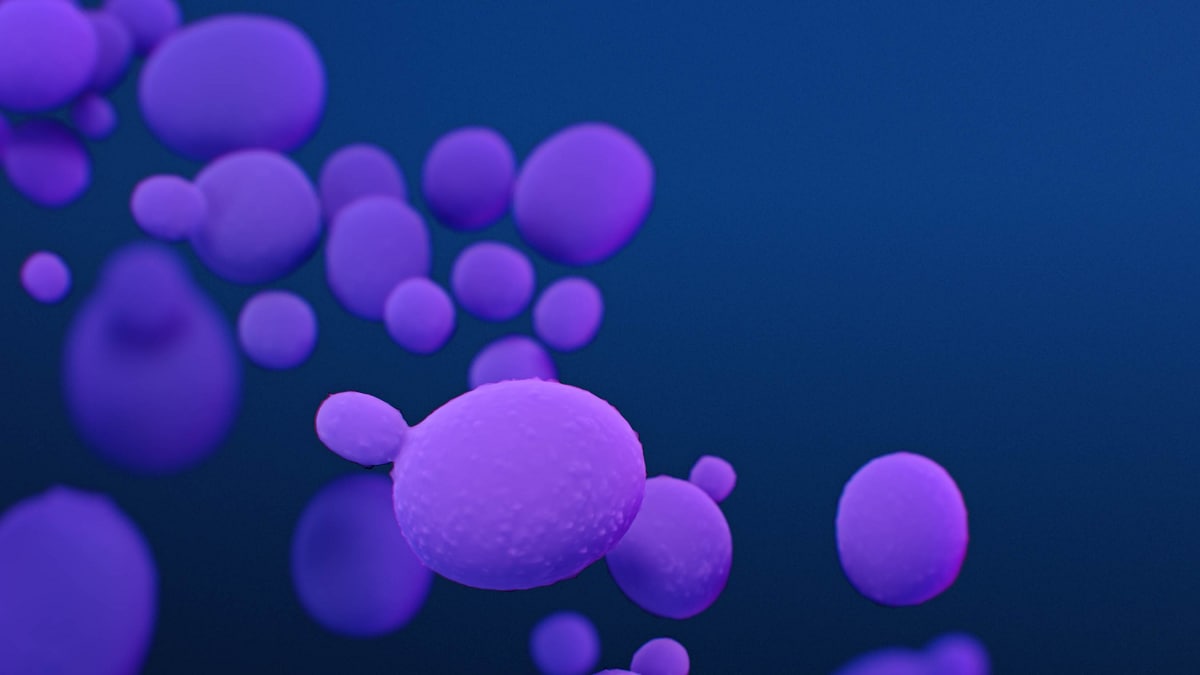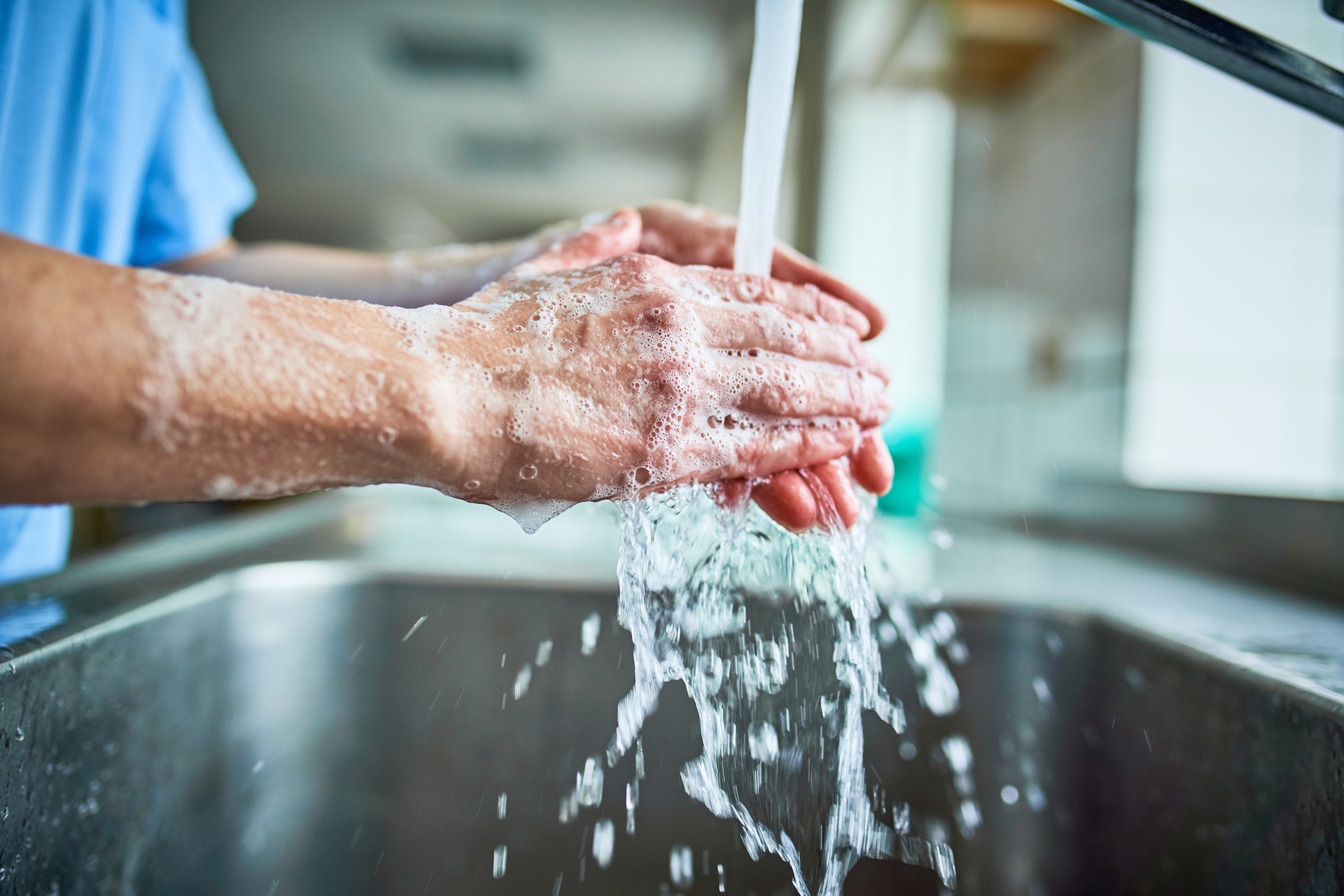What to know
Screening patients for Candida auris (C. auris) colonization is a key strategy for preventing transmission and outbreaks in healthcare facilities. Healthcare facilities submit patient skin swabs for laboratory detection for colonization of C. auris. Real-time PCR is the preferred method; several alternatives are explained.

Case reporting
All confirmed C. auris specimens should be reported to state and local health departments and CDC at candidaauris@cdc.gov. Laboratories are encouraged to submit C. auris isolates to the Antimicrobial Resistance (AR) Lab Network.
Disclaimer
The techniques for isolation presented have not been validated for diagnostic purposes. Any laboratory wishing to employ these procedures should complete a validation that conforms with their regulatory oversight.
None of these tests have been cleared or approved by the FDA. Mention of a specific commercial product does not qualify as an endorsement of the product by CDC.
For this testing, CDC recommends swabbing the axilla and groin. CDC continues to explore whether swabbing of other body sites (e.g., nares, hands) would improve identification of colonized patients.
Real-Time PCR
For those institutions with the resources to do so, real-time PCR is an accurate method for detecting C. auris and provides the fastest results for public health action. Institutions may use the protocol for using Applied Biosystems 7500 Real-Time PCR Platform.
Alternatives to PCR
If real-time PCR is not available, there are a number of culture-based options for screening patients. These procedures can be optimized to fit with current laboratory capacity. The following outlines the steps to isolate C. auris from patient swabs.
Suggested equipment and materials:
- Nylon-flocked culture collection and transport system to swab a patient
- Chromogenic Candida agar
- 10 µl transfer loops
- Vortex
- Stationary incubator
Considerations
Isolate C. auris
Swabs from patients will contain a complex community of microorganisms including species of Candida and other yeasts. It is necessary to isolate C. auris from this community to obtain accurate species identification.
*Note: All the following culture methods include an incubation step to help grow and isolate C. auris from this community. Incubation should optimally take place at 40°C. Candida auris can grow at temperatures up to 42°C, but 37°C–40°C is optimal to account for temperature fluctuations in the incubator. If a 40°C incubator is not available, 37°C will work.
Screening non-sterile body sites
There are many methods for processing patient specimens to look for C. auris colonization. This list is not meant to be comprehensive but to give laboratories several options that may be incorporated into their current laboratory workflow.
Salt/Dulcitol enrichment broth
This broth is commercially available, but the recipe has also been published here. This broth contains 10% NaCl, which inhibits the growth of most, but not all, yeast species. Candida glabrata is one of the species that can grow at high salinity, and therefore dulcitol is used as a carbon source rather than glucose. C. glabrata cannot assimilate or ferment dulcitol. CDC has primarily used this media in broth form, but salt/dulcitol agar plates are available.
This media is selective but not differential. A differential media such as chromogenic agar will still have to be used to differentiate between C. auris and other species that grow on the plates.
Plating directly to salt/dulcitol agar
There are a couple methods for direct plating. The first is to remove the swab and roll it over the agar plate, covering all surfaces. The second option is to vortex and disperse the pathogen from the swabs before removing liquid from the transport media and transferring it to the agar plate. Use a spreader to cover all surfaces. Using liquid from the transport media allows a larger volume to be plated and increases the chance of recovering C. auris from a patient who is not heavily colonized. It may be difficult to isolate a single colony from a patient who is heavily colonized or may be colonized by two or more species of yeast.
This media is selective but not differential. Colonies will need to be plated on a differential media such as chromogenic media to differentiate between C. auris and other species that may grow on the plate. Direct plating may be faster and easier for many laboratories than the salt/dulcitol enrichment broth procedure. However, some laboratories have found direct plating to be less sensitive than the enrichment broth method.
Candida specific chromogenic media
There are no conventional agar plates that allow for the differentiation of C. auris.
Chromogenic media Candida allows the differentiation between C. albicans, C. tropicalis, C. krusei, and everything else. On chromogenic media, C. auris can be differentiated from the most common species, including C. glabrata. However, C. auris does not have a single distinct color on chromogenic media; C. auris can be pink, red, cream, and even purple, as well as a combination of these colors on the same plate (see images). While the manufacturer's recommended incubation temperature for chromogenic media is 37°C, we have found that incubation at 40°C will inhibit the growth of some other organisms.
This means that all suspect colonies must be identified to species. The following methods provide the most accurate species identification:
- MALDI-TOF (Bruker Biotyper or bioMérieux VITEK MS)
- DNA sequencing of marker genes D1/D2 or the ITS region
- Whole genome sequencing
using phenotypic methods, an algorithm [PDF – 11 pages] can be used to identify C. auris.
Safety considerations
Work with C. auris should be performed in a Class II biological safety cabinet to ensure safety and sterility.
C. auris can survive for weeks on surfaces, has reduced susceptibility to quaternary ammonia disinfectants, and can colonize skin. A risk assessment for working with C. auris should be performed for each facility using it. Strict BSL-2 laboratory safety precautions must be followed when working with this organism. Specifically:
- Cultures should be processed within a BSL-2 laboratory in a biological safety cabinet.
- People working with cultures should wear gloves and lab coats.
- People working with cultures should employ strong hand hygiene.
- Products with EPA approval for C. auris should be used for cleaning the work area (since products with C. albicans or fungicidal claims may not be effective against C. auris).
- A sealable secondary container should be used when transporting C. auris, and this container should be disinfected after use.

Additional information
Candida auris is an emerging multidrug-resistant yeast that can cause invasive infections with high mortality. C. auris is transmitted in healthcare settings. Patients may be asymptomatically colonized with C. auris. Patients with C. auris colonization can spread this yeast to other patients, and colonized patients can develop invasive as well as superficial infections.
For more information on the screening of patients, read CDC's information on screening for laboratory staff and health professionals. This information includes:
- A procedure for the collection of patient swabs
- Fact sheets for patients
- A sample script for talking with patients about screening
For additional information regarding C. auris, including the latest identification, treatment, and infection control recommendations, visit CDC's C. auris homepage.
All confirmed C. auris specimens should be reported to state and local health departments and CDC at candidaauris@cdc.gov. Laboratories are encouraged to submit C. auris isolates to CDC's Antimicrobial Resistance Laboratory Network (AR Lab Network).
